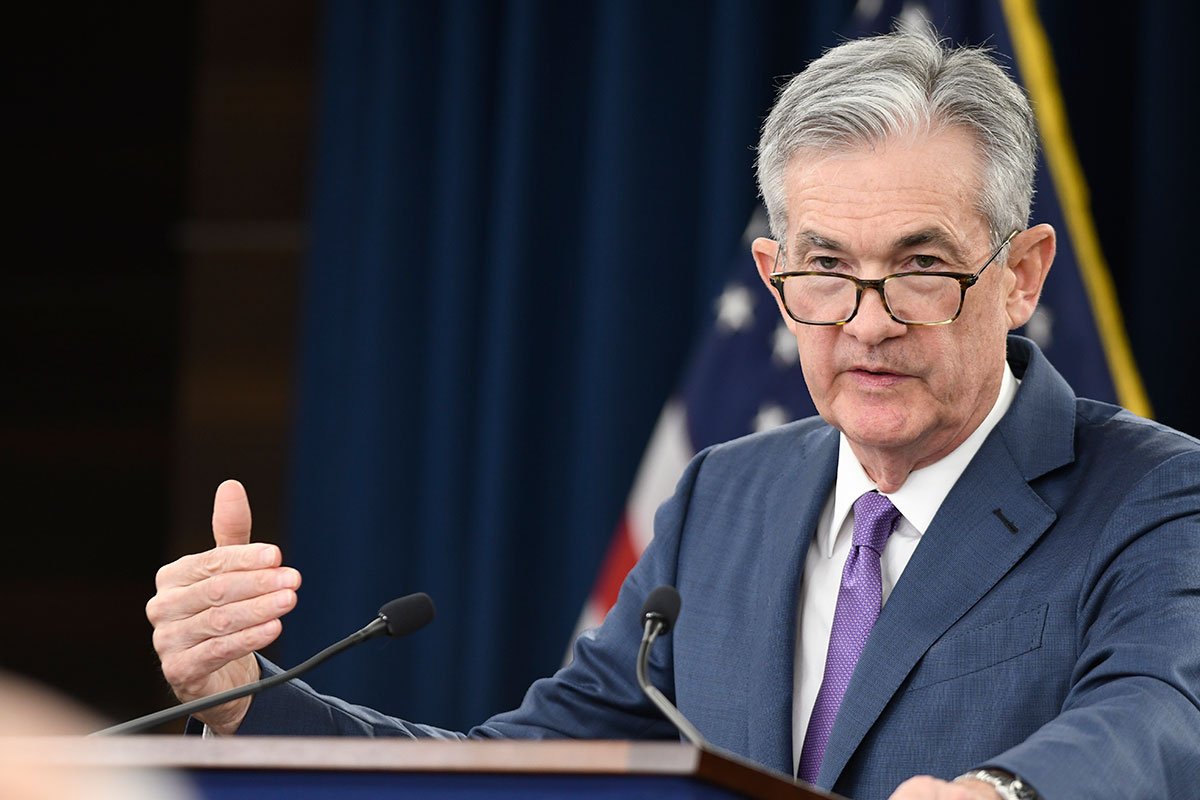
The Official Taper Announcement
November 8, 2021
 By Krista Eberly, CFP®
By Krista Eberly, CFP®
Portfolio ManagerThe Federal Reserve met last week for its highly anticipated Federal Open Market Committee (FOMC) meeting. As expected, the Fed announced the start to tapering. By setting the stage and communicating intentions in prior meetings, the Fed successfully avoided a repeat of the taper tantrum back in 2013.
A recap of the FOMC meeting:
The Federal Reserve took the first step toward removing accommodation by tapering or reducing its monthly bond purchases. Currently the Fed is buying $80 billion a month in Treasuries and $40 billion in agency mortgage-backed securities (MBS) for a total of $120 billion. Later this month, the Fed will reduce Treasury buys by $10 billion and MBS by $5 billion. By reducing purchases $15 billion a month, this targets a completion date of June 2022. However, the Fed did add language in its statement to have flexibility to alter this current plan if there are “changes in the economic outlook.”
How did the markets respond?
Both stock and bond markets reacted favorably to the policy meeting, as there were no surprises. As noted above, the Fed and Chairman Jerome Powell did a good job communicating and preparing the markets for the formal announcement. Because of this, the S&P 500, Dow Jones, and Russell 2000 Index all closed at new all-time highs last Wednesday. For fixed income, yields were essentially unchanged.
What does this mean for investors?
While tapering is step one in removing policy accommodations, it does not mean a rate increase is on the horizon. Jerome Powell has made it clear that the Fed will not raise interest rates until it sees further progress toward “maximum employment.” However, where interest rates go from here ultimately depends on both inflation and the labor market — the Fed's dual mandate. Regardless, the Federal Reserve will remain accommodative and flexible toward monetary policy. This is a positive for financial markets.
An update on the Fed's Dual Mandate
To finish out last week, Friday was jobs day and it was a good one. The U.S. economy added 531,000 jobs in October and the unemployment rate fell to 4.6%, both beating expectations. In addition, both August and September job gains were revised higher. The labor market recovery is picking up after the slowdown this summer.
This week we get an update on inflation for both the Producer Price Index (PPI) and Consumer Price Index (CPI). Expectations are that the year-on-year figures will remain high as wage pressures and supply chain issues persist.
If you have any questions or concerns on how the Federal Reserve’s policy change may affect your portfolio, do not hesitate to contact us today.
PHOTO: Fed Chair Jerome Powell answers a reporter's question during a press conference. Photo Credit - Official Federal Reserve Flickr account.